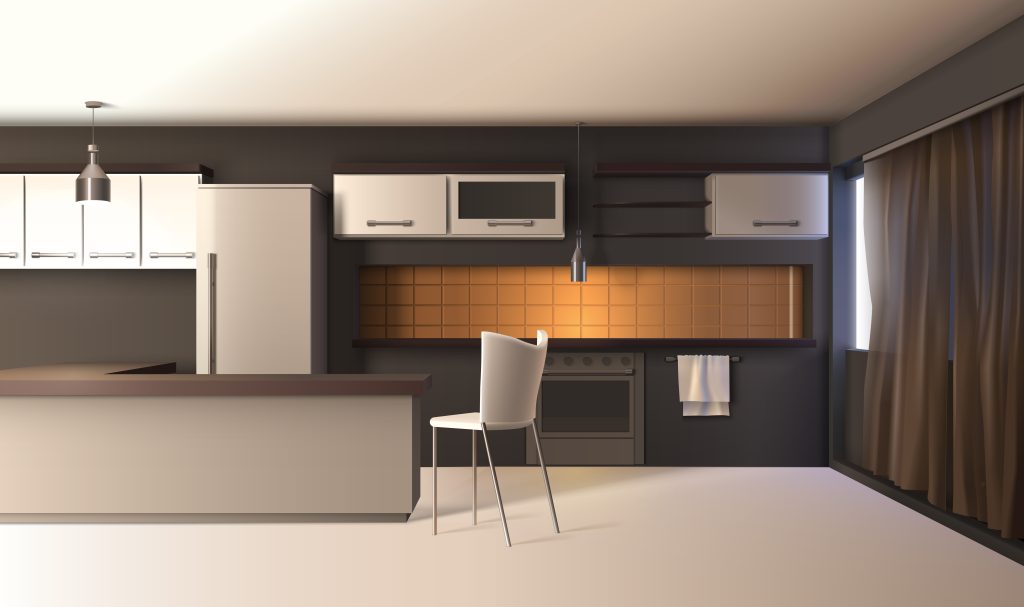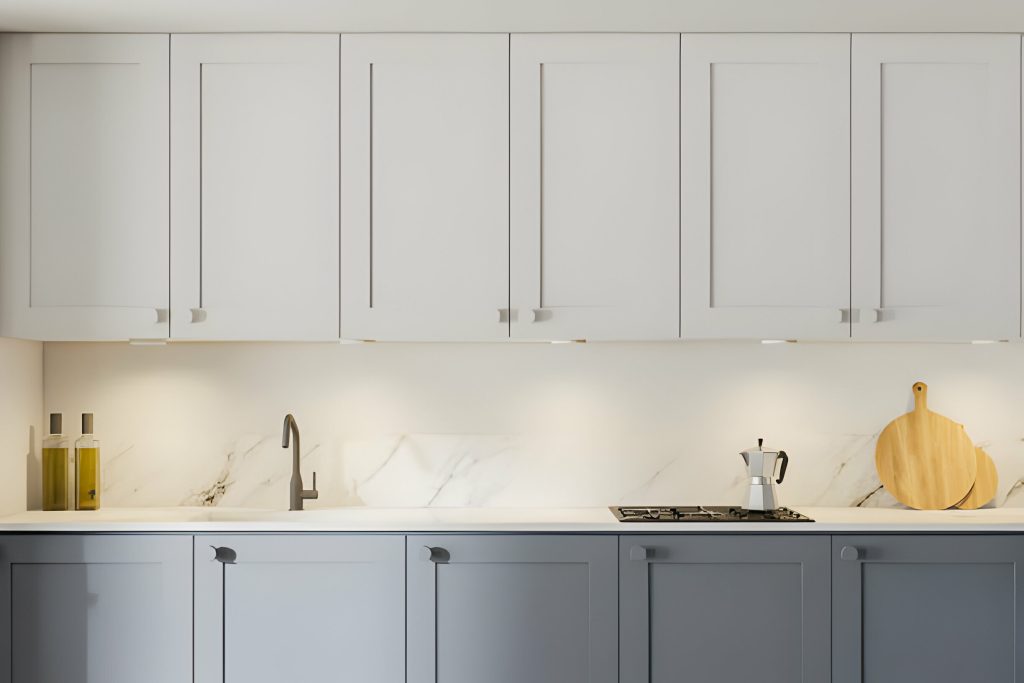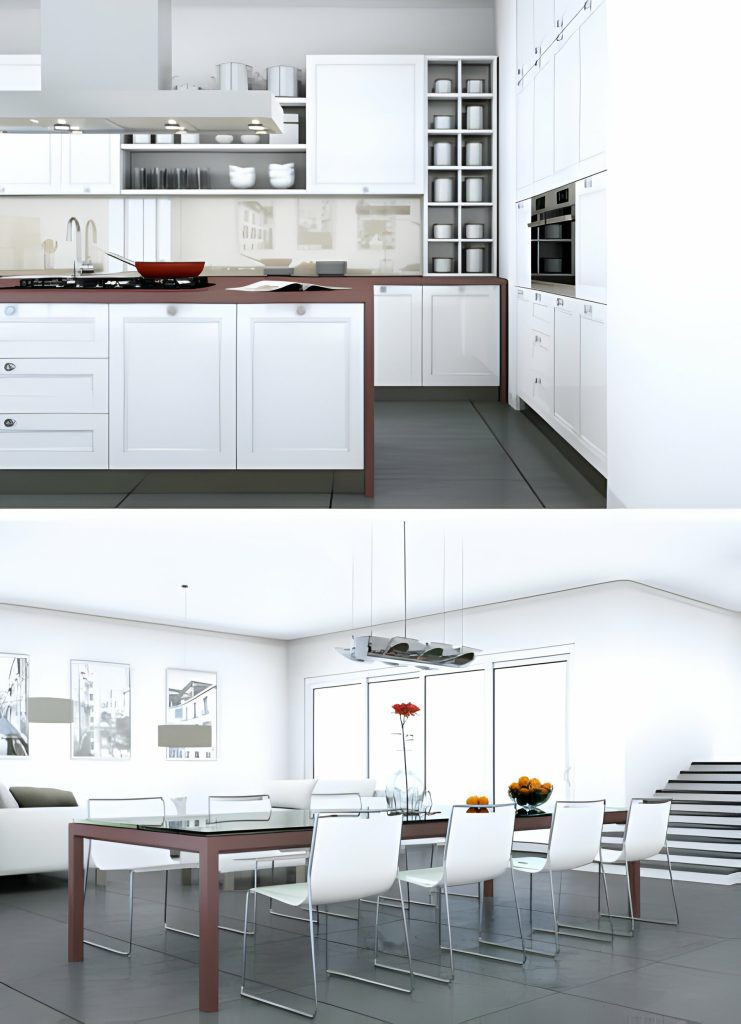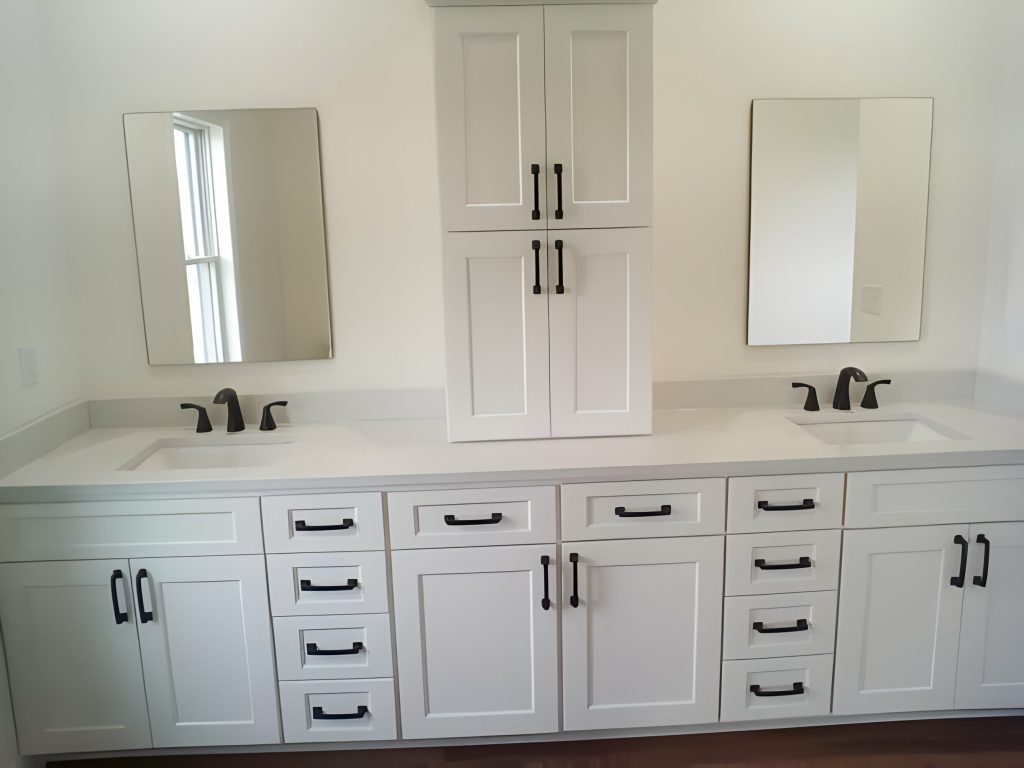When it comes to kitchen cabinets, the choice between recessed and raised panel designs is akin to selecting the perfect frame for a masterpiece. Understanding the subtle yet impactful differences between these two styles can significantly influence the ambiance of your kitchen. By delving into the nuances of recessed and raised panel cabinets, you will uncover a world of design possibilities that can transform your space. Explore how these cabinet styles can elevate your kitchen to new levels of sophistication and functionality, guiding you towards a decision that harmonizes with your unique taste and vision.
Raised Panel Cabinets Overview
When considering cabinet design options, understanding the intricacies of raised panel cabinets can enhance your overall kitchen aesthetic. Raised panel cabinets are a staple in traditional kitchen design, offering intricate details and ornate designs that add depth and dimension to your space. When looking at cabinet design trends, raised panel cabinets are ideal for those seeking a classic and timeless look in their kitchen.
Panel material options for raised cabinets typically include solid wood, MDF, or plywood, providing durability and a luxurious feel. When selecting a color palette for your raised panel cabinets, consider classic tones like rich browns, creams, or whites to complement the traditional style. For hardware selection tips, opt for antique brass or oil-rubbed bronze handles and knobs to enhance the traditional look of raised panel cabinets.
In terms of maintenance and care guidelines, raised panel cabinets may require occasional dusting and cleaning with a mild soap solution to preserve their beauty and longevity.
Recessed Panel Cabinets Overview
With a flat center panel and raised border, recessed panel cabinets offer a sleek and modern appearance in kitchen design. When considering recessed panel cabinets, it’s essential to understand the following:
- Panel Construction: Recessed panel cabinets feature a flat center panel that sits slightly below the frame, creating a subtle border that adds dimension to the design.
- Material Options: These cabinets can be crafted from a variety of materials, including wood, MDF, or laminate, providing flexibility in both aesthetics and durability.
- Color Selection: Recessed panel cabinets come in a wide range of finishes, allowing you to choose from classic neutrals to bold hues to complement your kitchen’s style.
- Hardware Choices: Selecting the right hardware, such as knobs or handles, can enhance the overall look of recessed panel cabinets and contribute to the functionality of your kitchen space.
Understanding these aspects will guide you through the installation process, ensuring that your recessed panel cabinets seamlessly blend into your kitchen design.
Aesthetics and Style Differences
To discern between the aesthetics and style variances of raised and recessed panel cabinets, focus on the intricate details and sleek modernity each design offers. Design preferences play a significant role in choosing between raised and recessed panel cabinets. Raised panel cabinets are more suited for traditional or rustic kitchens due to their ornate designs, adding depth and detail to the space. On the other hand, recessed panel cabinets offer a sleek and streamlined look, fitting well with modern or contemporary styles, including transitional and some traditional kitchens. Panel shapes also influence the overall kitchen remodeling decisions, with raised panels ideal for homes with a rustic vibe and recessed panels recommended for those with a contemporary design. When selecting cabinet doors, consider the finishing touches as well. Raised panel doors exude timeless elegance and provide depth, while recessed panel doors offer a minimalistic aesthetic and a sense of openness in the kitchen. Kitchen design preferences, panel shapes, cabinet doors, and finishing touches all contribute to the overall style and aesthetics of your space.
Choosing the Right Cabinet Style
For those contemplating between raised and recessed panel cabinets, determining the appropriate cabinet style to suit your kitchen’s aesthetics and design preferences is crucial. When choosing the right cabinet style, consider the following:
- Traditional vs Modern: Decide whether you lean towards traditional or modern kitchen aesthetics to align with your personal style.
- Detail Preference: Evaluate your preference for intricate details (raised panel) or sleek simplicity (recessed panel) in your cabinetry.
- Overall Kitchen Design: Ensure the chosen cabinet style harmonizes with your overall kitchen design scheme for a cohesive look.
- Versatility in Styles: Acknowledge that raised panel cabinets are more suited for traditional kitchens, while recessed panel cabinets offer adaptability to various styles, including modern and transitional designs.
Ideal Kitchen Designs for Each
Raised panel cabinets are best suited for traditional, transitional, country, or rustic kitchens due to their ornate designs and detailed appearance. These cabinets add a touch of elegance and sophistication to traditional kitchen designs. The intricate raised panels provide depth and dimension, enhancing the overall aesthetic. On the other hand, recessed panel cabinets are more versatile, fitting well in contemporary, modern, and even some traditional kitchens. Their sleek and streamlined look complements modern kitchen designs, offering a minimalist aesthetic. The lack of ornamentation and detail in recessed panel cabinets creates a clean and uncluttered appearance, ideal for those who prefer simplicity in their kitchen design. When deciding on the ideal kitchen design, consider whether you lean towards traditional or modern aesthetics, and whether you prefer detailed ornamentation or sleek simplicity. Both raised and recessed panel cabinets offer transitional options, blending traditional and modern styles to suit a variety of kitchen designs.
Notable Features and Characteristics
Notable for their distinct features and characteristics, raised and recessed panel cabinets offer unique design elements that cater to different kitchen styles and preferences.
- Panel Construction:
- Raised panel cabinets have a center panel that is elevated above the door or drawer, creating a dimensional look.
- Recessed panel cabinets feature a flat center panel with raised borders, offering a sleek and modern appearance.
- Material Options:
- Both raised and recessed panel cabinets can be constructed from various materials such as wood, MDF, or laminate, allowing for customization based on durability and aesthetics.
- Installation Process:
- Raised panel cabinets may require more intricate installation due to their detailed design, while recessed panel cabinets are typically easier to install.
- Maintenance Requirements:
- Raised panel cabinets with intricate designs may require more intricate cleaning methods, while recessed panel cabinets with simpler designs are easier to maintain.
- Cost Comparison:
- Generally, recessed panel cabinets are more cost-effective compared to raised panel cabinets due to the simpler construction and installation processes.
Customization and Design Considerations
When considering customization and design elements for your cabinets, it is crucial to evaluate your preferences and practical needs to create a cohesive and functional kitchen space. Design versatility plays a significant role in choosing between raised and recessed panel cabinets. Raised panel cabinets offer intricate and traditional designs, suitable for various styles like transitional, country, or rustic kitchens. On the other hand, recessed panel cabinets provide a sleek and modern look, blending well into contemporary and transitional kitchen designs. Customization options encompass material preferences and color schemes. Raised panel cabinets are often associated with traditional materials like wood, while recessed panel cabinets can adapt to a wide range of color schemes due to their minimalist design. Additionally, hardware choices can further enhance the overall aesthetic of your cabinets, with options ranging from traditional knobs to sleek modern handles. Evaluating these factors will help you make an informed decision that aligns with your style preferences and kitchen design goals.



